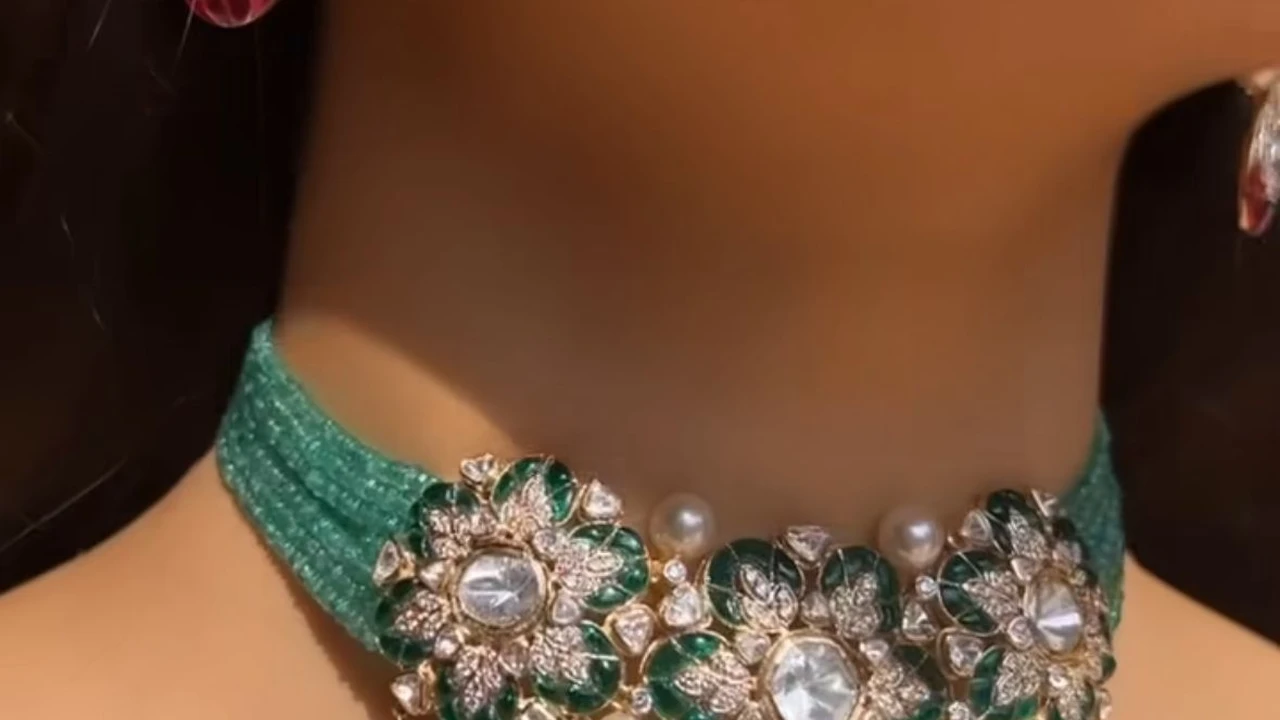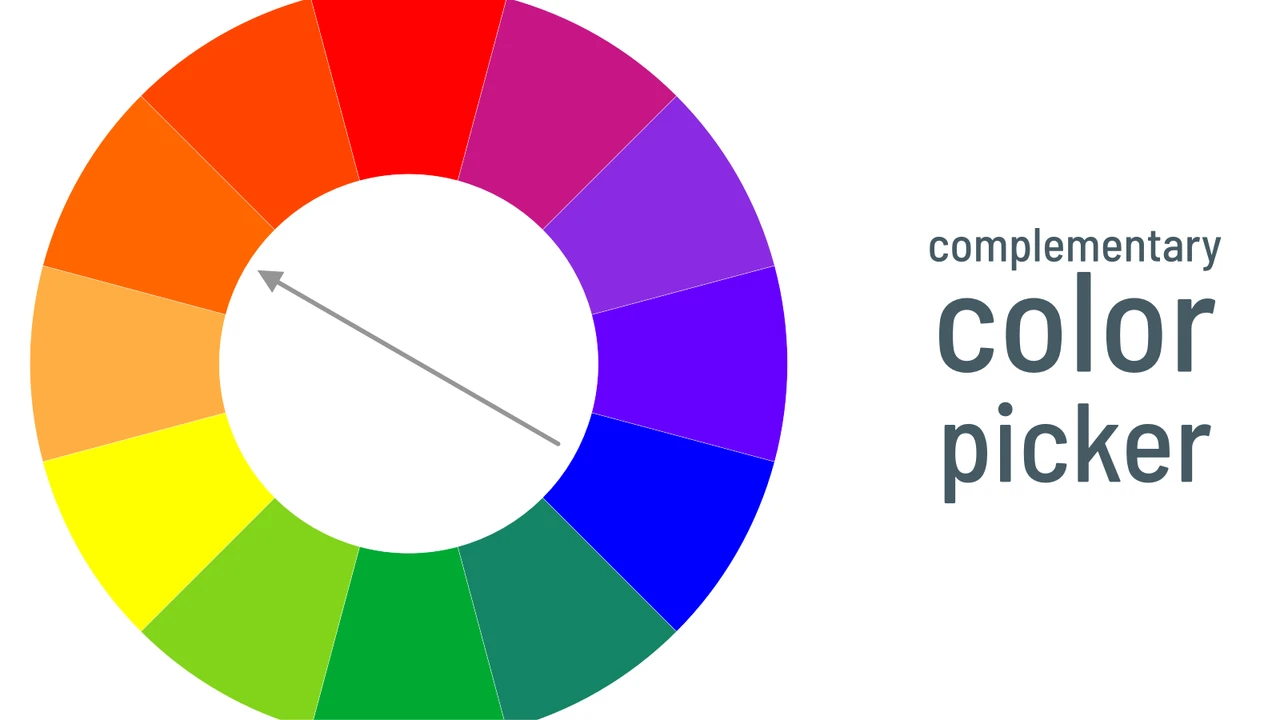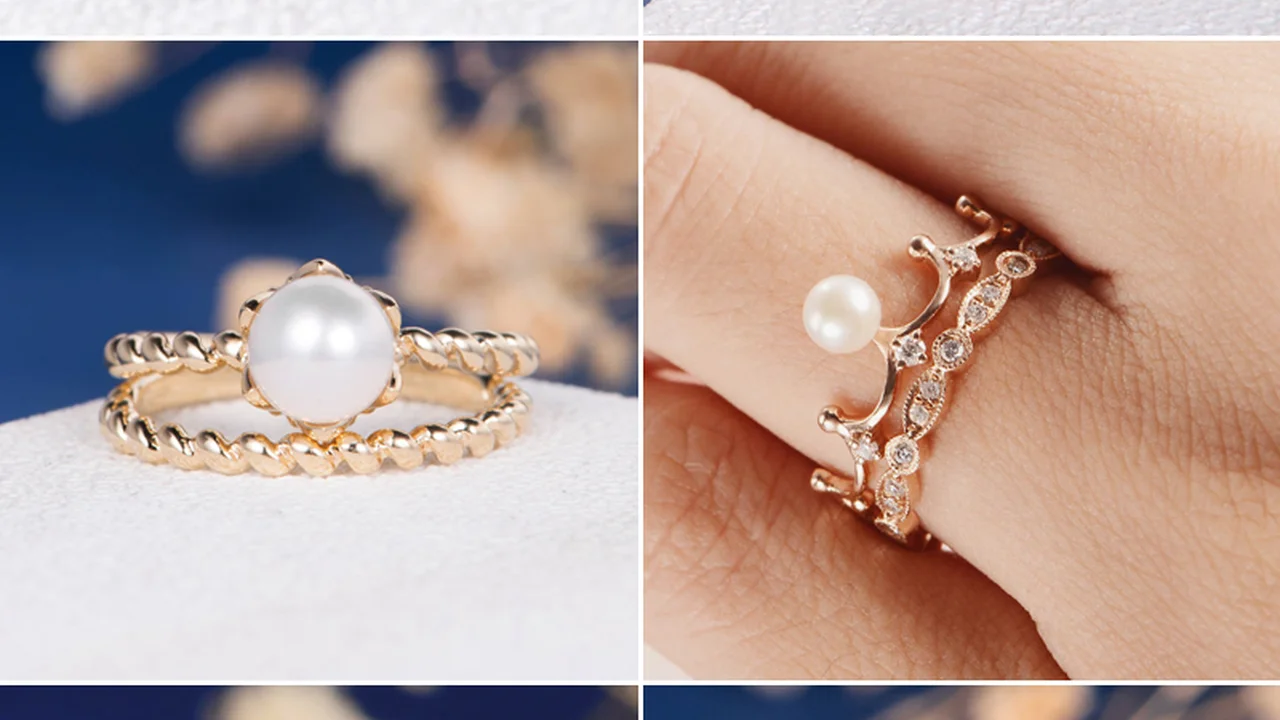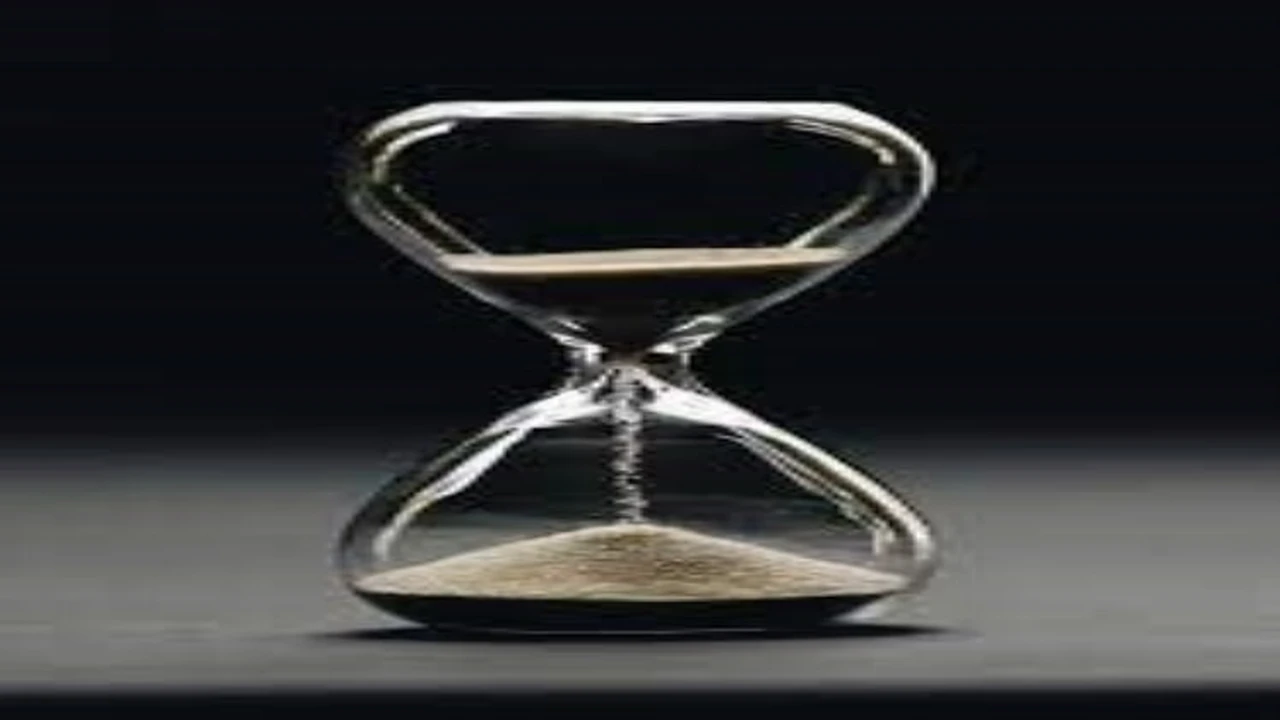Jewelry Market Analysis The Rise of Lab Grown Diamonds
Future outlook and predictions for the jewelry market. Understand the key trends, challenges, and opportunities that will shape the industry in the coming years.
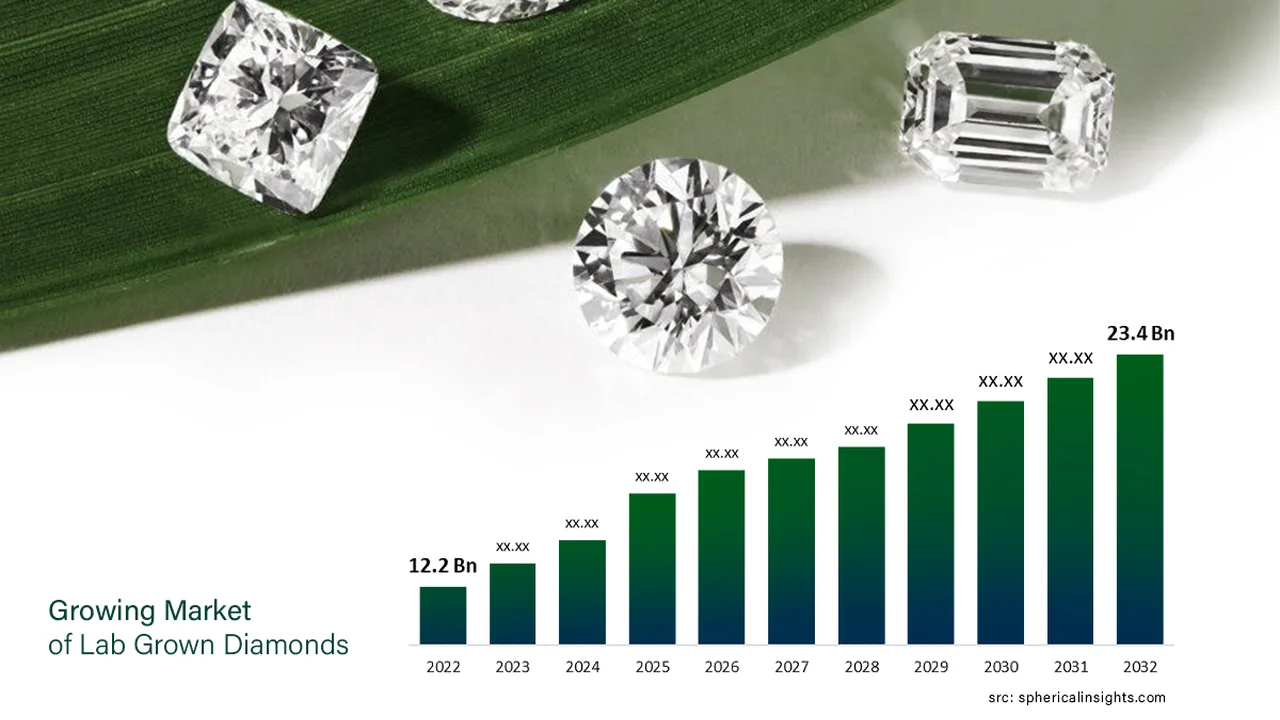
The Evolving Landscape of Luxury Jewelry Understanding Key Market Drivers
Hey there, jewelry enthusiasts! Ever wonder what the future holds for the sparkly world of gems and jewels? Buckle up because we're diving deep into the jewelry market, exploring the trends, challenges, and opportunities that will shape the industry in the years to come. From lab-grown diamonds to sustainable practices, the jewelry game is changing, and we're here to break it all down for you.
Consumer Behavior Shifts A Younger Generation's Influence on Jewelry Trends
One of the biggest drivers of change is, well, *you*! Or rather, the younger generation. Millennials and Gen Z are approaching jewelry differently than their parents. They’re more likely to shop online, prioritize ethical sourcing, and seek out unique, personalized pieces. This shift in consumer behavior is forcing brands to adapt and innovate.
Think about it: Social media is now a major influence. Platforms like Instagram and TikTok showcase emerging designers and trends, allowing consumers to discover new styles and brands more easily than ever before. This has led to a demand for more affordable, fashion-forward pieces that can be easily styled and shared online.
The Rise of Lab-Grown Diamonds Disrupting the Diamond Market and Offering New Options
Speaking of disruption, let's talk about lab-grown diamonds! These ethically sourced, environmentally friendly gems are gaining popularity, offering a more sustainable and often more affordable alternative to mined diamonds. Are they "real" diamonds? Absolutely! They have the same chemical and physical properties as mined diamonds, but they're created in a lab.
This has created a fascinating dynamic in the market. Mined diamond companies are working hard to maintain their dominance, while lab-grown diamond producers are focusing on innovation and marketing to capture a larger share of the market. For consumers, this means more choice and greater transparency.
Product Recommendation: Consider the "Halo Lab-Grown Diamond Engagement Ring" from Clean Origin. This ring features a stunning lab-grown diamond center stone surrounded by a halo of smaller diamonds, set in recycled gold. It's a beautiful and ethical choice for a modern engagement. Price: $3,500 - $5,000 depending on carat size.
Sustainability and Ethical Sourcing A Growing Demand for Responsible Jewelry Production
Sustainability is no longer a buzzword; it's a necessity. Consumers are increasingly concerned about the environmental and social impact of their purchases, and jewelry is no exception. This has led to a demand for ethically sourced gemstones, recycled metals, and transparent supply chains.
Brands are responding by implementing sustainable practices, such as using Fairmined gold, partnering with responsible mining operations, and reducing their carbon footprint. Consumers are also looking for certifications like the Responsible Jewellery Council (RJC) to ensure that their jewelry is produced ethically.
Product Recommendation: Check out the "Ethical Gemstone Pendant" from Brilliant Earth. This pendant features a responsibly sourced gemstone, such as a sapphire or emerald, set in recycled platinum. Brilliant Earth is committed to ethical and sustainable practices, making them a great choice for conscious consumers. Price: $800 - $1,500 depending on the gemstone and metal.
Personalization and Customization The Desire for Unique and Meaningful Jewelry Pieces
In a world of mass production, people are craving individuality. That's why personalization and customization are booming in the jewelry market. Consumers want pieces that reflect their personal style, tell their story, and hold sentimental value.
This trend has fueled the growth of bespoke jewelry design, where clients work directly with jewelers to create one-of-a-kind pieces. It has also led to the popularity of personalized engravings, birthstone jewelry, and customizable charms. The possibilities are endless!
Product Recommendation: Consider a "Personalized Name Necklace" from Etsy. Many independent artisans offer custom name necklaces in a variety of styles and metals. This is a simple yet meaningful way to express your individuality and create a piece that is truly unique. Price: $50 - $200 depending on the metal and design.
Online Retail and E-commerce The Continued Growth of Online Jewelry Sales
The internet has revolutionized the way we shop, and jewelry is no exception. Online retail and e-commerce continue to grow, offering consumers a wider selection, competitive prices, and the convenience of shopping from home.
However, buying jewelry online can be tricky. It's important to do your research, read reviews, and choose reputable retailers. Look for websites with high-quality images, detailed product descriptions, and secure payment options. It's also a good idea to check the retailer's return policy before making a purchase.
Economic Factors and Global Events The Impact on Jewelry Demand and Pricing
The jewelry market is influenced by a variety of economic factors and global events. Economic recessions can lead to a decrease in demand for luxury goods, while periods of economic growth can boost sales. Political instability, natural disasters, and pandemics can also disrupt supply chains and impact pricing.
For example, inflation can drive up the cost of raw materials, such as gold and gemstones, which can then be passed on to consumers. Currency fluctuations can also affect the price of imported jewelry. Staying informed about these economic factors can help you make informed purchasing decisions.
Regional Variations and Cultural Influences Understanding Market Differences in the US and Southeast Asia
The jewelry market is not homogenous; it varies significantly from region to region. Consumer preferences, cultural influences, and economic conditions all play a role in shaping market trends.
In the US, for example, diamonds remain the most popular choice for engagement rings, while in Southeast Asia, gold jewelry is highly valued for its investment potential. In some cultures, certain gemstones are believed to have healing properties or bring good luck. Understanding these regional variations can help you target your marketing efforts and cater to specific consumer needs.
Product Comparison: In the US, a popular engagement ring style is the solitaire diamond ring, often set in platinum or white gold. Price: $5,000 - $20,000+ depending on the diamond carat, clarity, and cut. In Southeast Asia, a popular choice is a 24k gold bangle, often adorned with intricate designs. Price: Varies greatly depending on the gold price and weight, but typically starts around $1,000.
The Future of Jewelry A Blend of Tradition and Innovation
So, what does the future hold for the jewelry market? It's likely to be a blend of tradition and innovation. We'll see continued growth in online retail, a greater emphasis on sustainability and ethical sourcing, and a growing demand for personalized and customized pieces. Lab-grown diamonds will continue to disrupt the market, offering consumers more choice and value.
Technology will also play a larger role, with 3D printing, AI-driven design, and virtual try-on experiences becoming more commonplace. The jewelry market is constantly evolving, and those who embrace change and adapt to new trends will be the most successful.
:max_bytes(150000):strip_icc()/277019-baked-pork-chops-with-cream-of-mushroom-soup-DDMFS-beauty-4x3-BG-7505-5762b731cf30447d9cbbbbbf387beafa.jpg)



